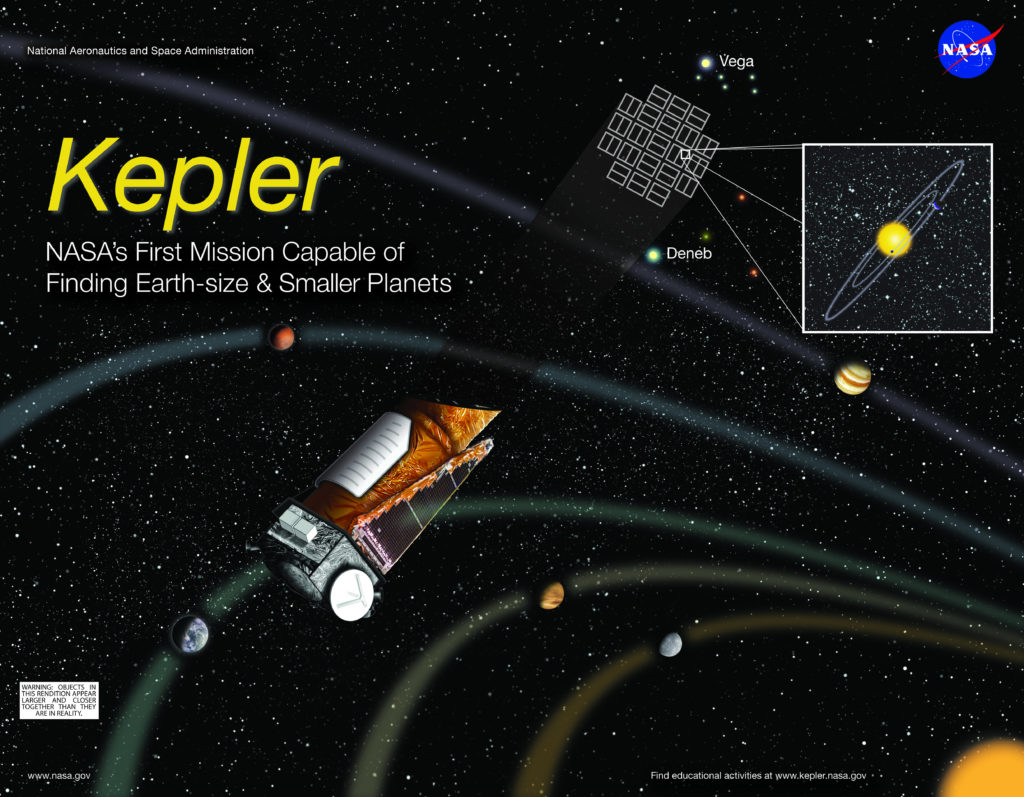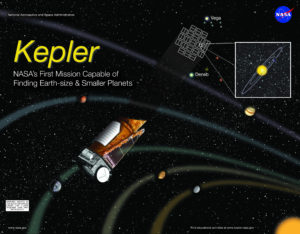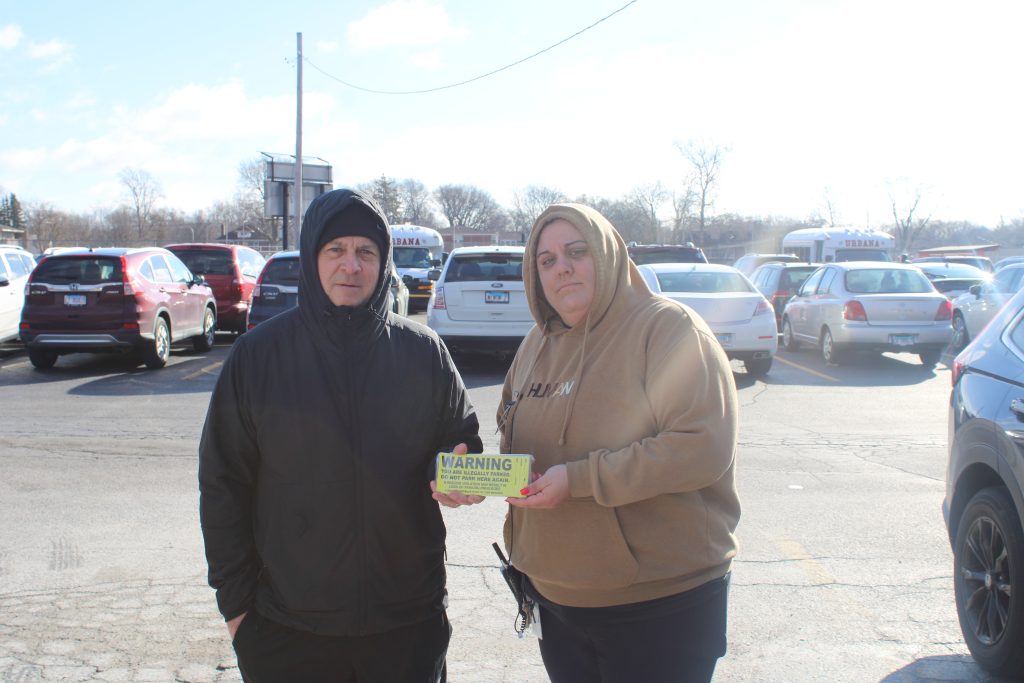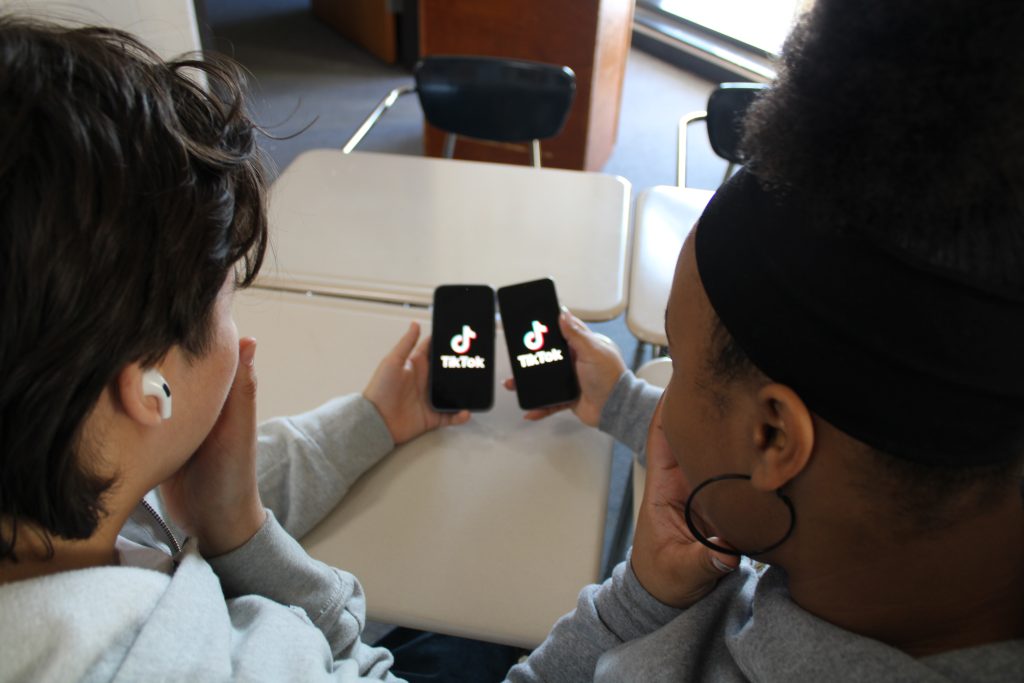One Small Step…


New findings may take us closer to making living on another planet a possibility in the future.
Recently, NASA’s Kepler mission announced the biggest collection of objects in space that may be potential planets ever found to date. To clarify, each potential planet was given a percentage as to whether it could be an actual planet based on factors such as size. Out of the 4,032 possible planets in the Kepler telescope’s 2015 planet catalog, a 2016 scan of space objects likely to be classified as planets showed 1,284 planets had a 99 percent probability, which is the lowest percentage required to be a planet.
“Before the Kepler space telescope launched, we did not know whether exoplanets were rare or common in the galaxy. Thanks to Kepler and the research community, we now know there could be more planets than stars,” said Paul Hertz, Astrophysics Division director at NASA Headquarters. “This knowledge informs the future missions that are needed to take us ever-closer to finding out whether we are alone in the universe.”
New statistical analysis finds that, based on size, approximately 550 planets could be rocky like Earth. Nine of these planets orbit in their sun’s habitable zone, which is defined by NASA as the “distance from a star where orbiting planets can have surface temperatures that allow liquid water to pool.”
This means that these planets could be options for colonizing in the future.
So how does UHS feel about space colonization?
“I believe it’s possible that there are other planets that could support human life,” says sophomore Grace Layton. “The question is, even if we could find one, would it be right to move there? I consider it more of an ethical question than a practical question.”
Freshman Aniya Winfield agrees.
“How many people would be able to go, and if they could take everyone, how would they fit?”
“I think it depends on whether or not we can get there, what material we would need, how long it would take,” sophomore Emmie Muckenhirn states. “Can it happen in the near future, I don’t know. Do I hope it will? Absolutely.”
She also believes finding a planet with the right ingredients for life would factor in as well.
“Venus has poison rain and we don’t need that in our lives,” Muckenhirn said.
Science teacher Dennis Migut has similar views.
“It’s looking for the right conditions for humans to be able to survive on another planet such as oxygen, water, some of the essential things for life. I think it’s a good thing when we can find planets like that, but I think it’s a long shot right now.”
Sophomore Kobe Armstrong has a different view.
“I think it’s believable that we would live there and we might find another species living there,”
“There’s gotta be other life out there,” says junior Wesley Jones. “Maybe not green aliens but some kind of microorganisms.”
“We assume aliens are gonna have human form, or some sort of movie type form of a human form,” Migut adds. “I think life on other planets could be bacteria. It could be some other life forms. So are there any other aliens similar to us? That I haven’t seen any evidence for.”
“I think it’s arrogant to think that earth is the only planet in the universe that can hold life,” Muckenhirn states.
Although living in space may be somewhat of a murky subject at the moment, we are understanding more each day. Each discovery can only take us closer to learning more about the final frontier.









